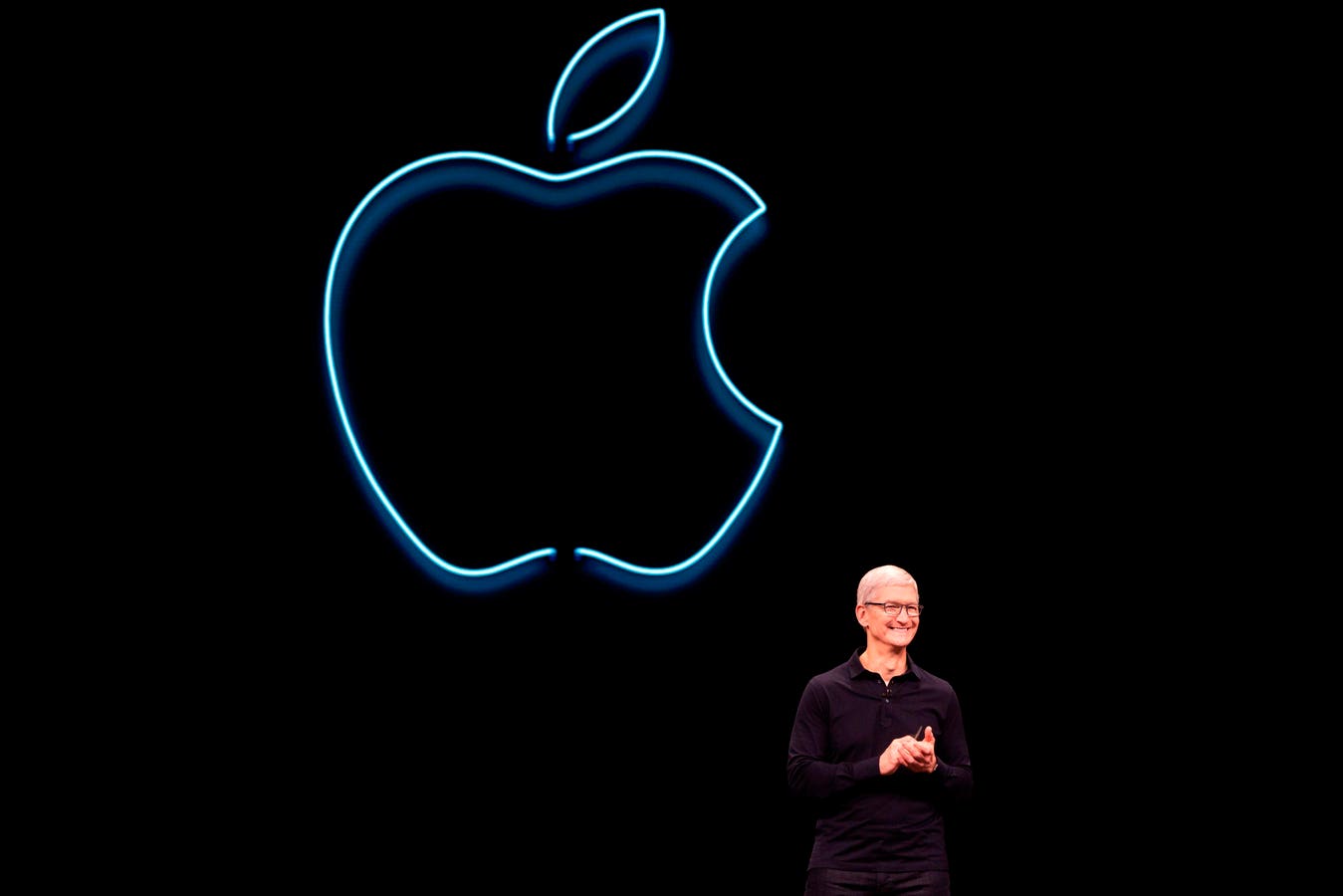
Updated May 3: Article originally posted May 1.
Although the next iPhone may not be released until September, we know enough about the smartphone to anticipate the changes and adjustments Apple has planned.
Apple CEO Tim Cook at WWDC 2019 (Photo: BRITTANY HOSEA-SMALL/AFP/Getty Images)
Update: Friday May 3: The ShopSystem team has access to the molds used for the iPhone 16 family. Unsurprisingly, the molds support the vertical orientation of the rear camera lens, but they also reveal an important detail of one of Apple’s most important innovations. The MagSafe case on the next iPhone models will be smaller than that of the iPhone 15 family.
The significant change is that the bezel will be smaller, indicating that Apple has streamlined the internal circuitry, potentially leading to a performance boost. This could mean that charging rates could be maintained for two generations.
This obviously leads to the issue of compatibility. I would expect that Apple has worked hard to ensure that peripherals designed for the larger iPhone 15 MagSafe system will still be compatible with the iPhone 16. MagSafe’s charging capabilities use inductive charging, so there is no physical connection necessary, only the proximity between the devices. the two charging points. Wireless communication between MagSafe peripherals and the host iPhone via Near Field Communication, which again does not require a physical connection, just a close connection.
As the launch date approaches, more third-party peripherals will be designed and produced before launch; these should give us a clear indication of the compatibility issue for new peripherals connected to the iPhone 15 and old peripherals connected to the iPhone 16.
MagSafe was reintroduced by Apple with the iPhone 12 (Photo by Dai Yongyuan/VCG via Getty Images)
Our latest look at the iPhone 16 comes from a digital artist Aaron Timmerman. They have built up this detailed look at the designguided by the details and specifications collected by Majin Bu.
The two new interface buttons for the iPhone 16 are clearly visible. Last year, the programmable action button was introduced on the two professional iPhone 15 models – the 15 Pro and 15 Pro Max – but the standard iPhone 15 and 15 Plus models were not included. This year, that button will be available on all four models, and Carpenter shows how it fits into the design.
Apple follows up the success of the Action Button with a second button. The Capture button should bring a shutter button to the iPhone, presumably with a multi-stage button that offers focus lock and can also take a photo or start a recording. You may miss it at first in the images because this is a capacitive button instead of a physical button. It can be placed flush against the side of the iPhone and respond to touch without the need for any moving parts.
The movement of the camera to a vertical direction allows recording stereoscopic video, as long as you shoot in landscape. Apple’s system is called Spatial Video, and while it can be played back in 2D on the iPhone, the value here is in the Apple Vision Pro. The resulting videos create a more immersive memory for those who own the $3,500 headset.
Finally, Carpenter gives a look at the possible colors of the next iPhone. Seven are expected, with the usual black and white in the mix, accompanied by pastel shades of blue, green, yellow, pink and purple.
iPhone 16 concept images (Aaron Carpenter, X/Twitter)
Traditionally, Apple launches the new iPhones on the second Tuesday of September, this year this would be September 10.
Now, learn more about Apple’s plans to introduce generative AI to the iPhone 16 family…
Leave a Reply